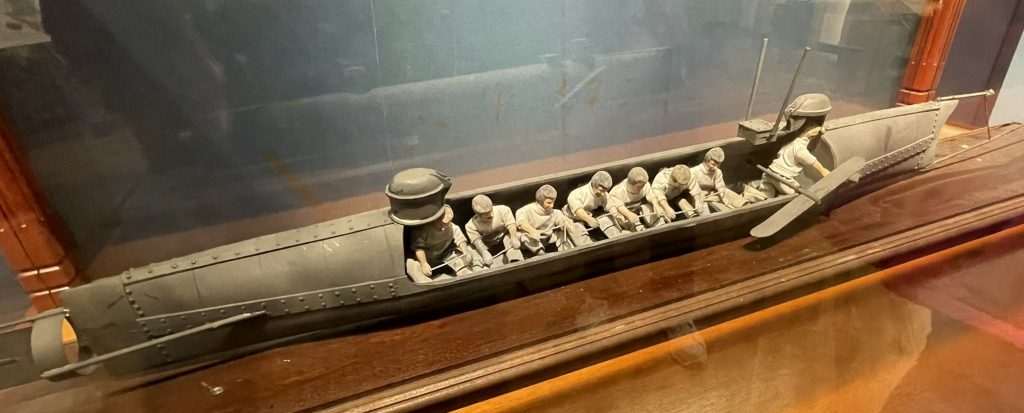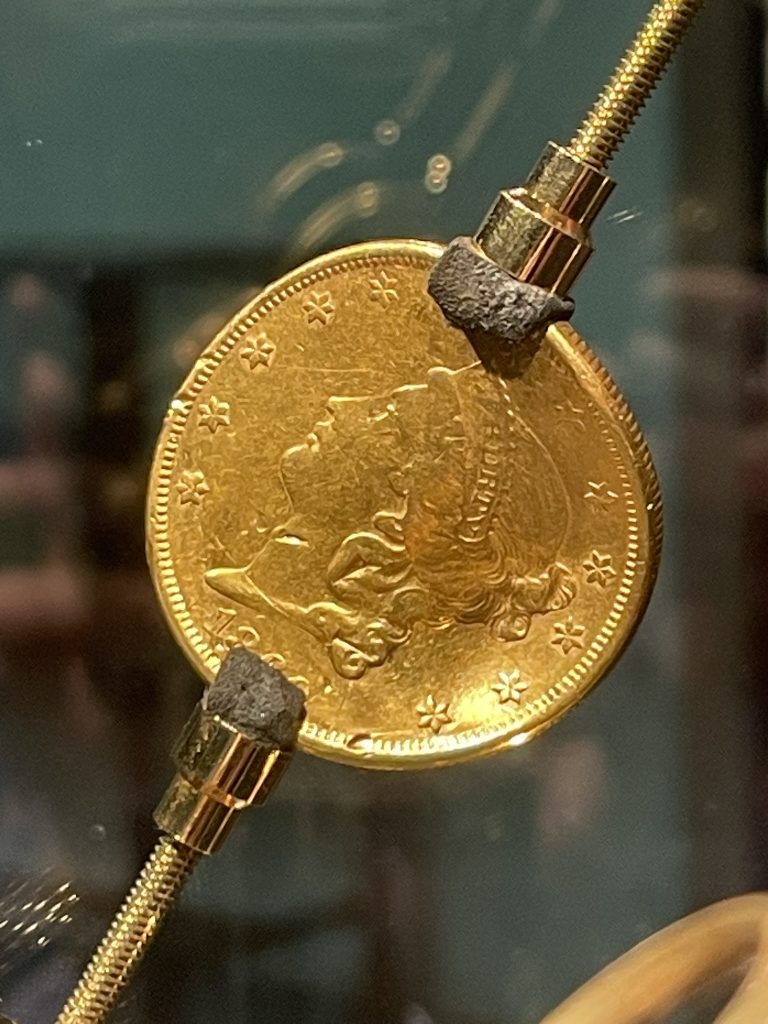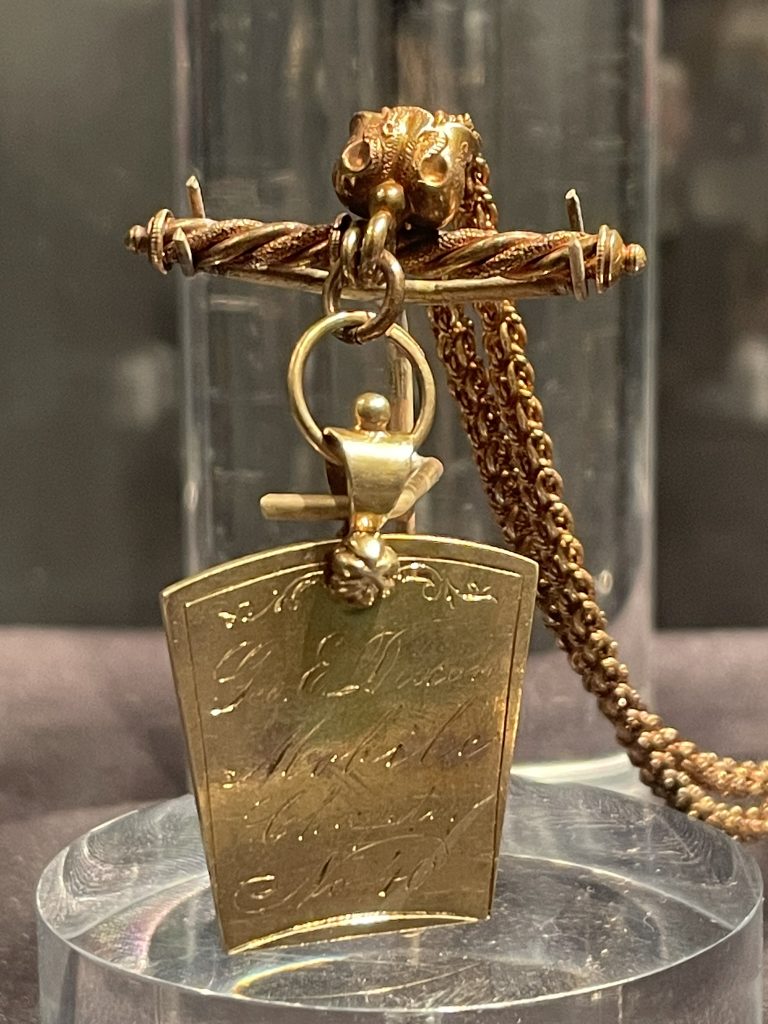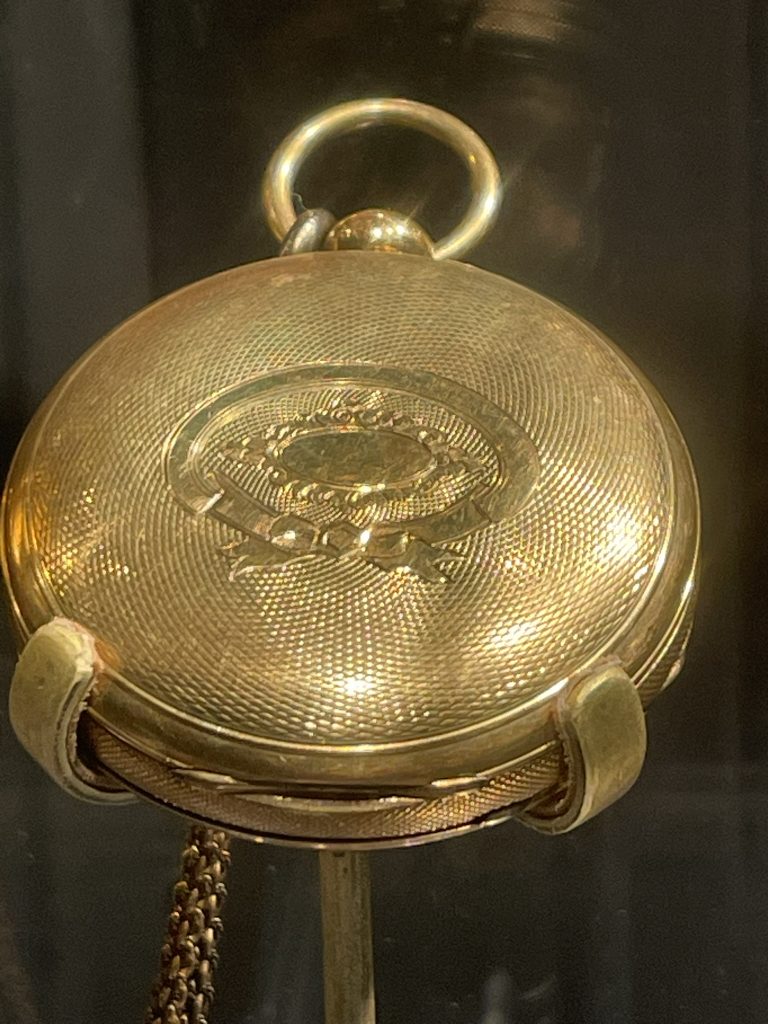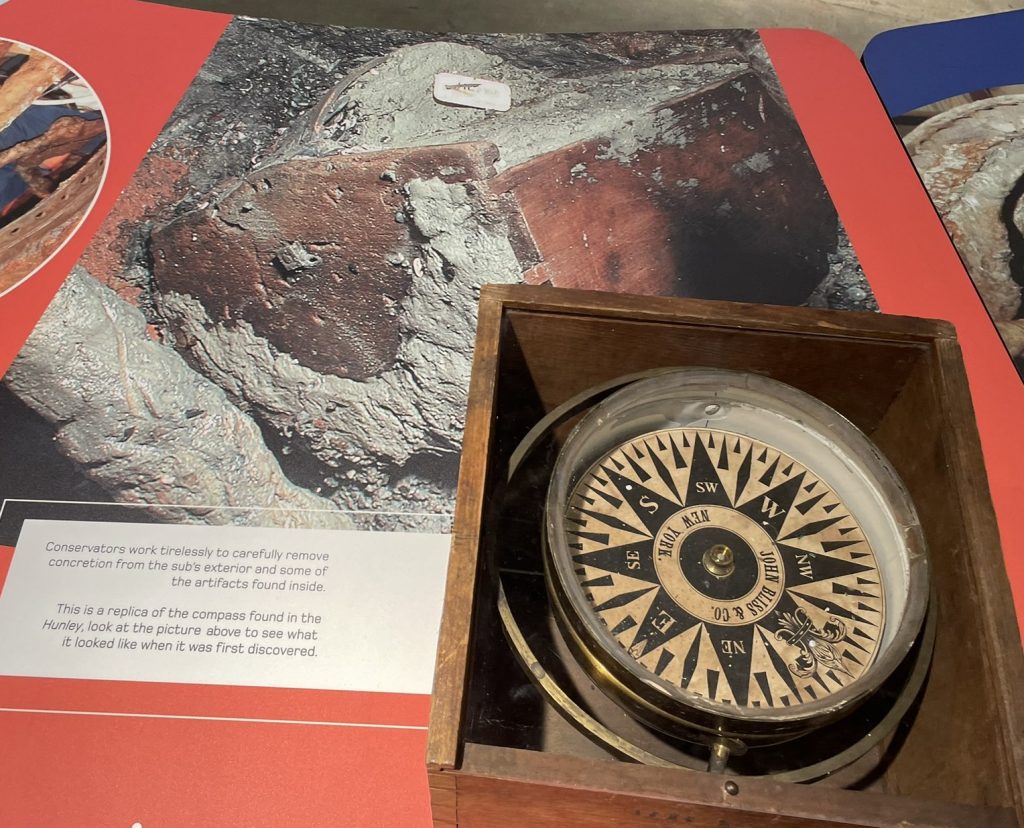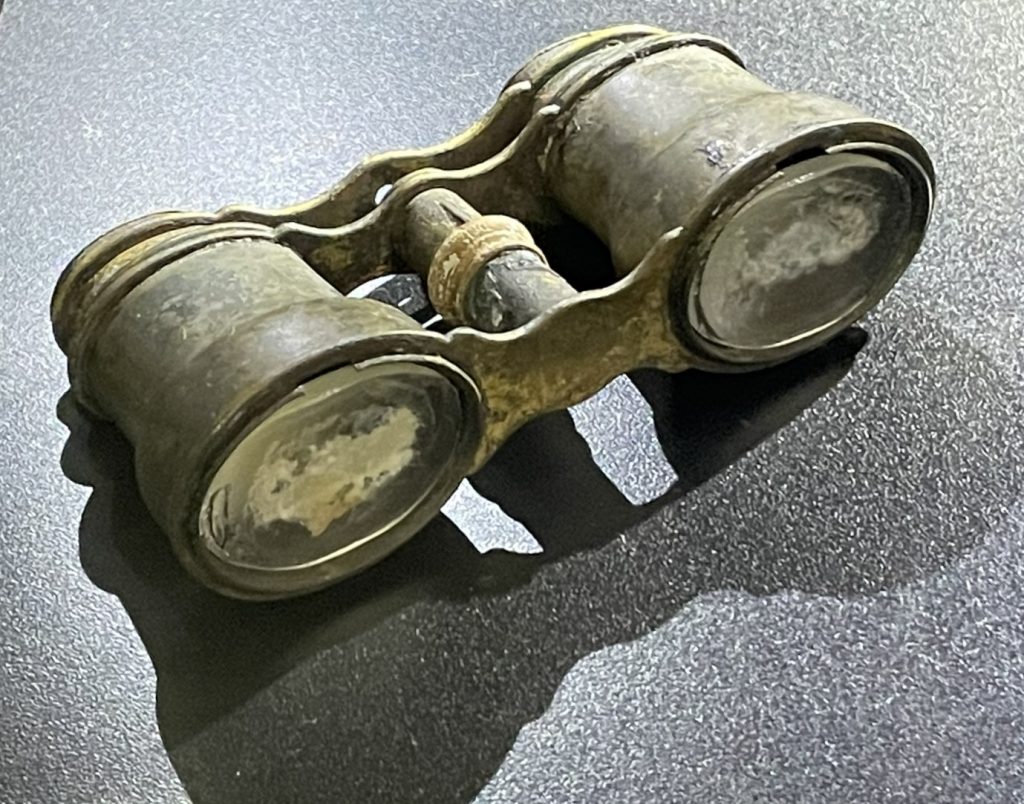I nearly told Doug to just visit the H.L. Hunley on his own, as I couldn’t have had much less interest at looking inside another submarine. I was glad I didn’t do that, as you don’t even go inside this submarine; rather, it’s the history that is what is so interesting.
During the Civil War, the H.L. Hunley was the first submarine to sink a warship, but she and her crew were mysteriously lost immediately after the sinking. The ship was not located until 1995 (!), after which she was raised for research and preservation, which is how we got to visit her in North Charleston, South Carolina.

Although it is nearly impossible to fathom, the propulsion of the Hunley was done by a seven-man crew hand-cranking the propeller. An additional crew member steered the boat. She could reach speeds of 4 knots.
The Hunley was nearly 40 feet long and launched in July 1863 in Alabama after successfully sinking a barge during testing exercises.
When shipped to Charleston, she was seized by the Confederate States of America to sink warships and break the Union blockade of the harbor.
Her first test in Charleston the following month ending in sinking due to an accident, killing five of the eight crew members on board.
She was raised, but in October she sank again during a mock attack, this time killing her eight-man crew.
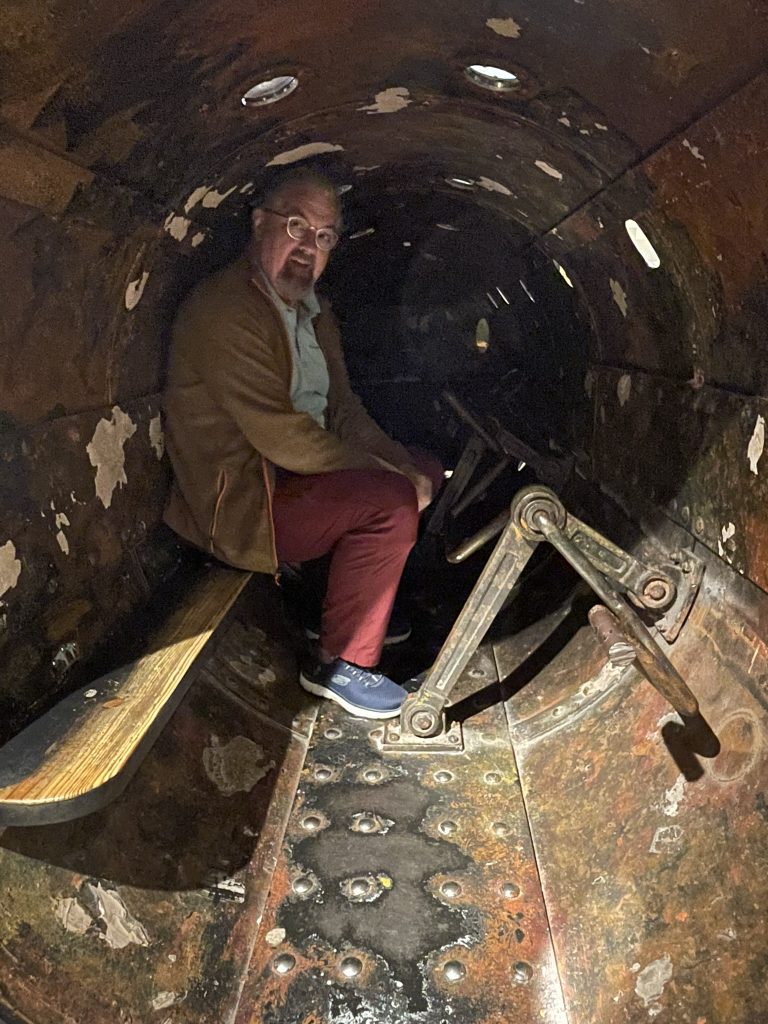
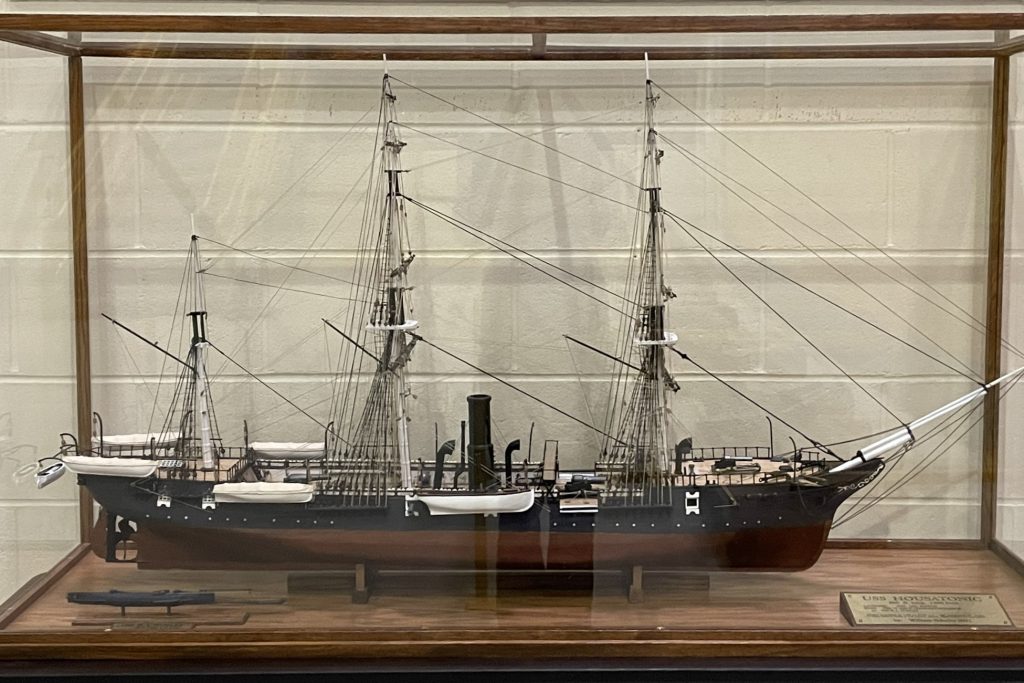
Once again she was raised, but there was hesitation in continuing this line of attack. Confederate General Beauregard wrote, “It is more dangerous to those who use it than to the enemy.” But those who believed in her promise were persuasive, and she was put into service after some modifications.
Captain George Dixon and his volunteer crew did many practice dives with the Hunley over several weeks, and felt confident in their success and ready for real action. On February 17, 1864 they got their wish, and the Hunley sunk the 1,240 Union warship USS Housatonic, killing five of its 155 crew members.
It is now believed the Hunley was as close as 16 feet to her target when she deployed her torpedo, which may have led to her sinking with her eight-man crew. However, the reasons for her sinking are speculative; when she was found, the skeletons of the crew were all in their seats, indicating there was not a panic at the time of their demise, and that they had likely died instantaneously.
Though many had attempted to locate her, her position at the time of the sinking was not known, nor was it known if she had escaped the torpedoing and moved elsewhere. As a result it took more than 130 years to find her, partly made more difficult by being buried under several feet of silt after all that time.
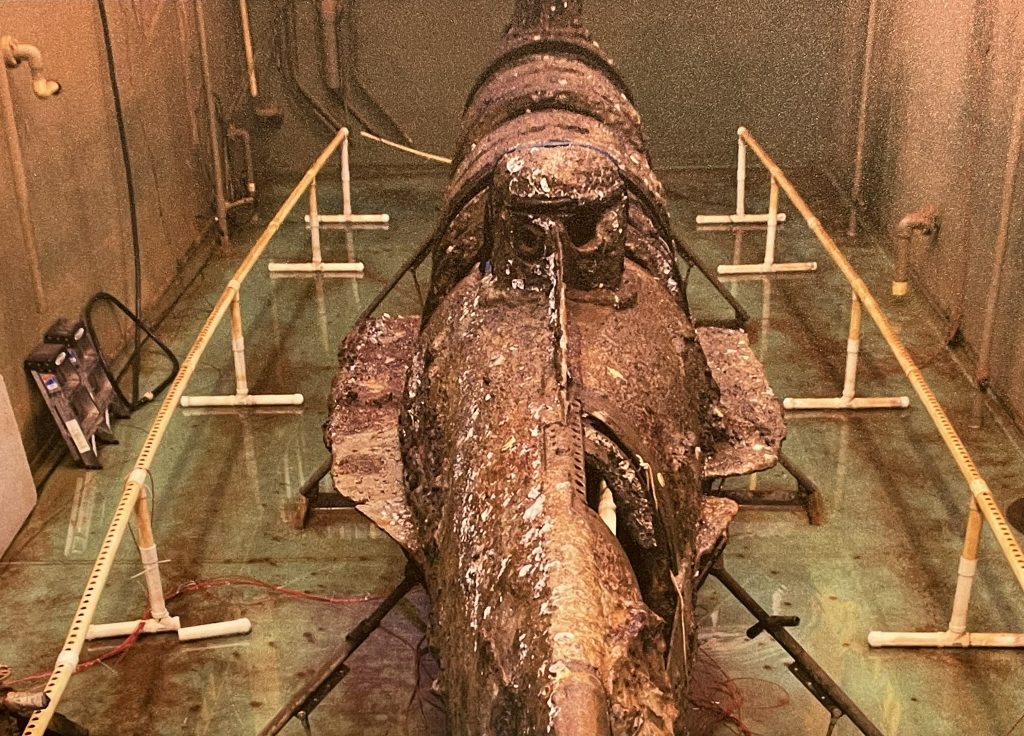
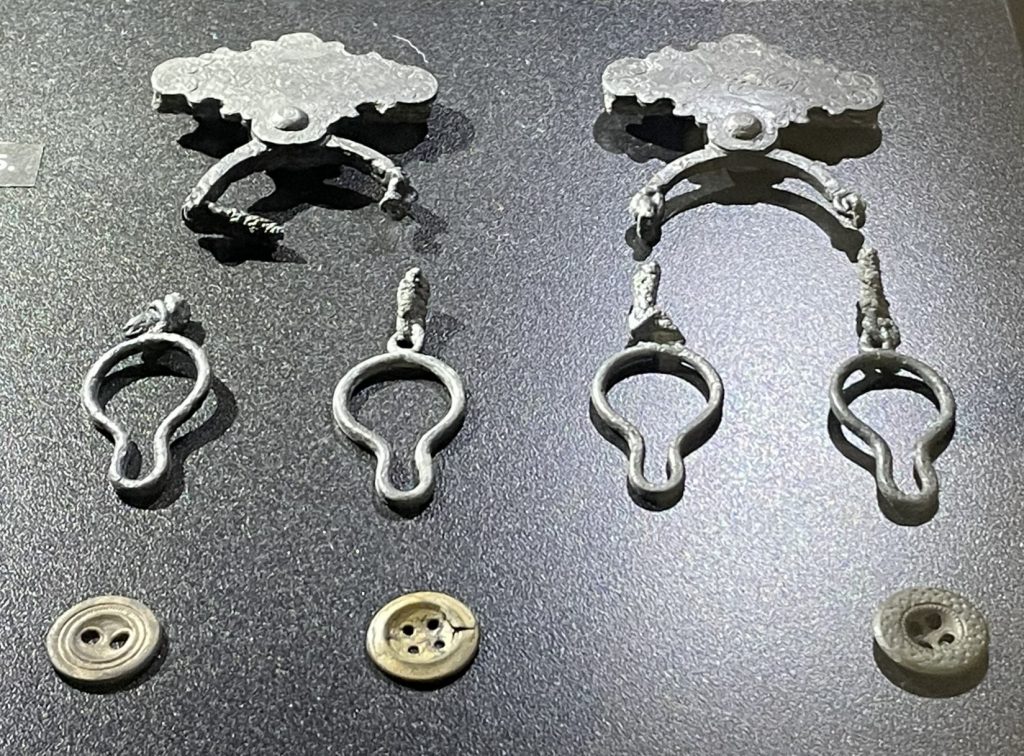
In 2000 the Hunley was successfully raised and placed in a special tank filled with fresh water while restoration work is done and research conducted on the artifacts recovered.
As the salts leech out of the submarine into the water, the tank is drained and refilled with fresh water. This process is repeated over and over, awaiting safe levels of salt in the iron. 7.5 tons of silt were removed from inside the submarine, as well.
The cover photo is a model of the H.L. Hunley we saw on the streets of Charleston.
